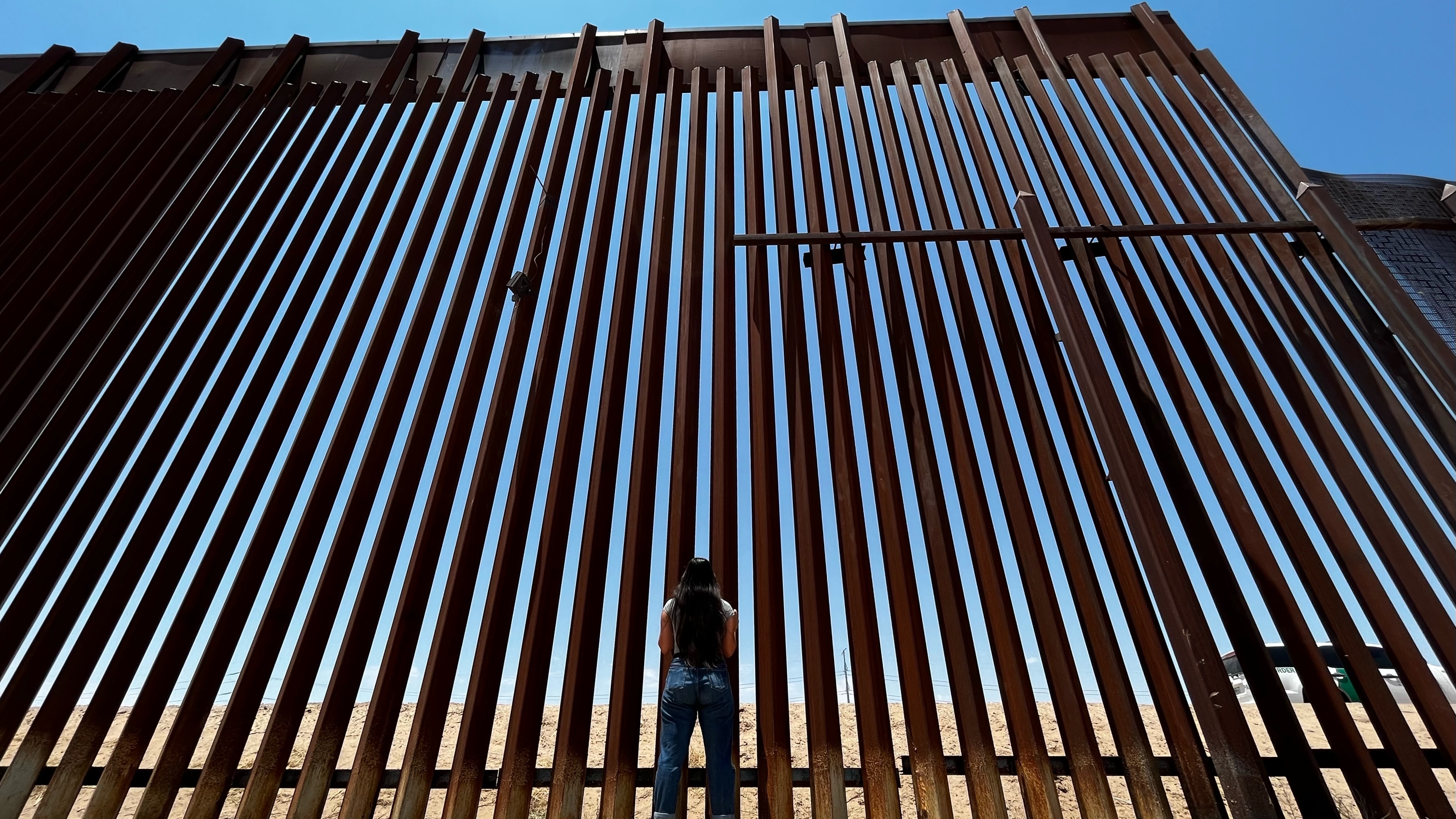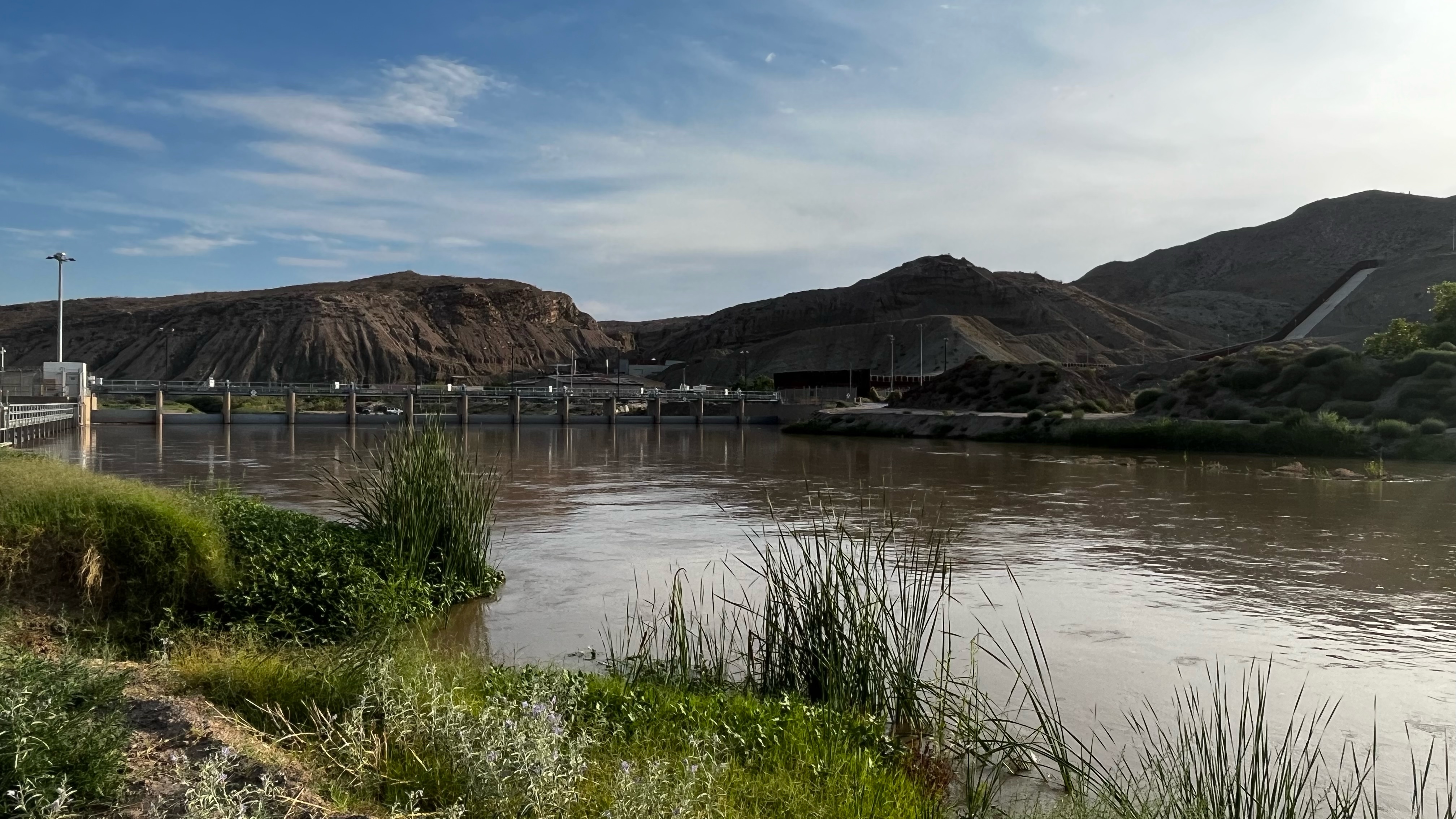
 back to all news
back to all news
The Rio Grande isn’t just a border—it’s a river in crisis

People often think of the Rio Grande as a political border between Mexico and the United States which presents issues with immigration or smuggling and trade. But there's a crisis on the river that gets a lot less attention, which is that the river is in decline and suffering from overuse, drought, and contentious water rights negotiations. As climate change makes the Southwest hotter and drier, it's predicted that water shortages will intensify.
In a piece published in The Conversation, University of Michigan School for Environment and Sustainability (SEAS) PhD student Vianey Rueda and Associate Professor Drew Gronewold describe the hidden water crisis, border politics that overshadow water shortages and how Mexico and the U.S. can better cooperate to deliver human, ecological and political benefits in the region. Read The Rio Grande isn't just a border — it's a river in crisis.
Gronewold is a hydrologist and Director of the new Global Center for Understanding Climate Change Impacts on Transboundary Waters. He recently recorded an "Ask an expert" video, in which he provides insight into some of the most-searched and frequently asked questions pertaining to water and hydrology.
Rueda is a second-year PhD student. Her research is focused on the 1944 Water Treaty between the United States and Mexico and uses an interdisciplinary lens to find alternative water delivery mechanisms for the Rio Grande that reduce treaty non-compliance and protect community needs in the face of climate change. As part of her research, Rueda spent some time visiting different areas of the Rio Grande river this past summer (see photos below).
Earlier this month, Rueda and Gronewold attended the Coalition of Rio Grande Water Users (CRGWU) inaugural conference in Santa Fe, New Mexico. The CRGWU meeting, themed "The Value of Collaboration," brought together various entities dependent on the Rio Grande to share their perspectives and ideas and to find solutions to challenges.




